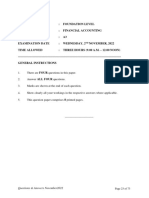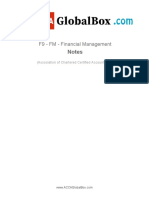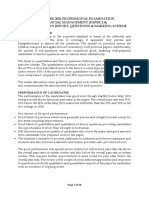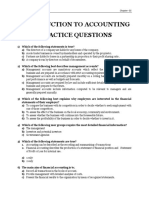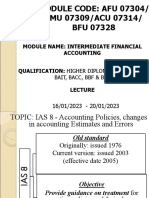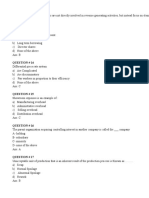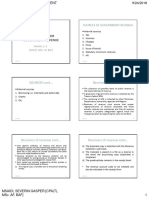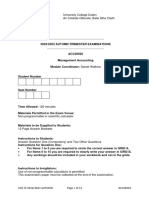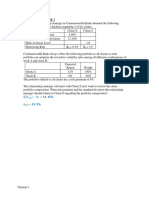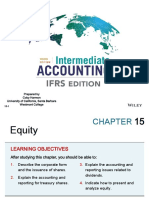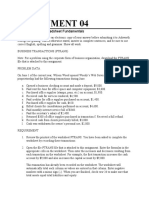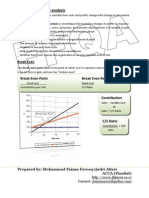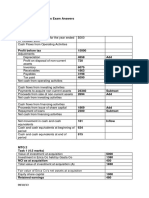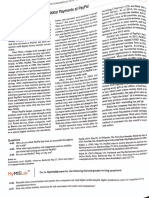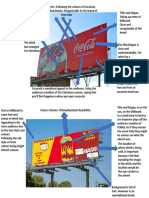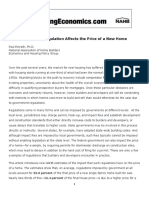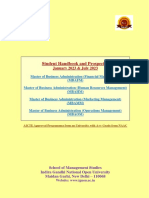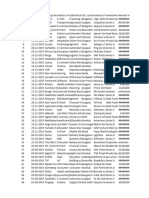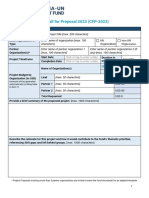100% found this document useful (1 vote)
332 views8 pagesBasic Accounting Interview Questions and Answers
The document provides a comprehensive list of basic, intermediate, advanced, cost accounting, auditing, and taxation interview questions and answers. Key topics include accounting principles, financial statements, types of accounts, and various accounting methods. It serves as a resource for individuals preparing for accounting interviews.
Uploaded by
kmurithi053Copyright
© © All Rights Reserved
We take content rights seriously. If you suspect this is your content, claim it here.
Available Formats
Download as DOCX, PDF, TXT or read online on Scribd
100% found this document useful (1 vote)
332 views8 pagesBasic Accounting Interview Questions and Answers
The document provides a comprehensive list of basic, intermediate, advanced, cost accounting, auditing, and taxation interview questions and answers. Key topics include accounting principles, financial statements, types of accounts, and various accounting methods. It serves as a resource for individuals preparing for accounting interviews.
Uploaded by
kmurithi053Copyright
© © All Rights Reserved
We take content rights seriously. If you suspect this is your content, claim it here.
Available Formats
Download as DOCX, PDF, TXT or read online on Scribd
/ 8







